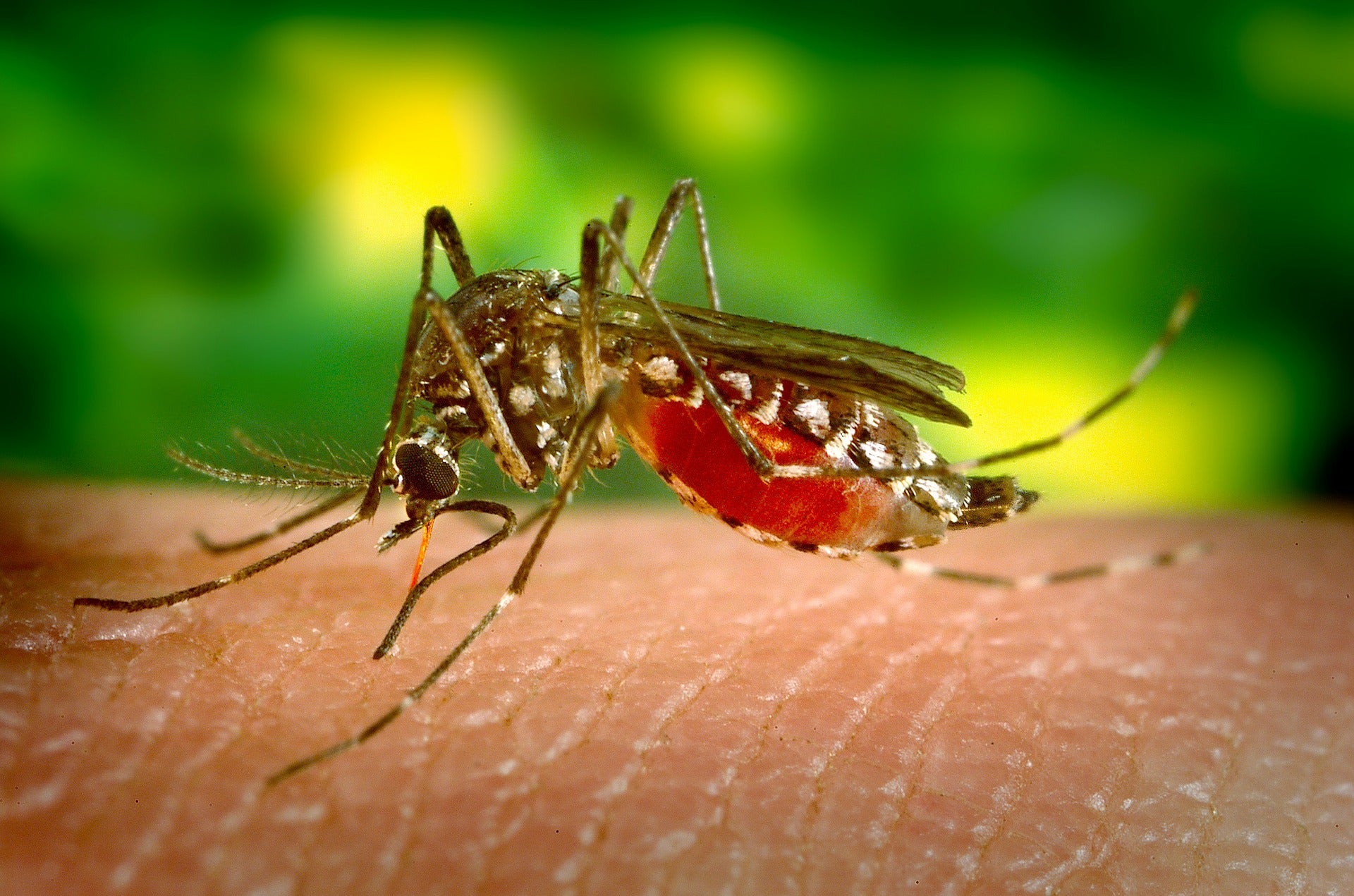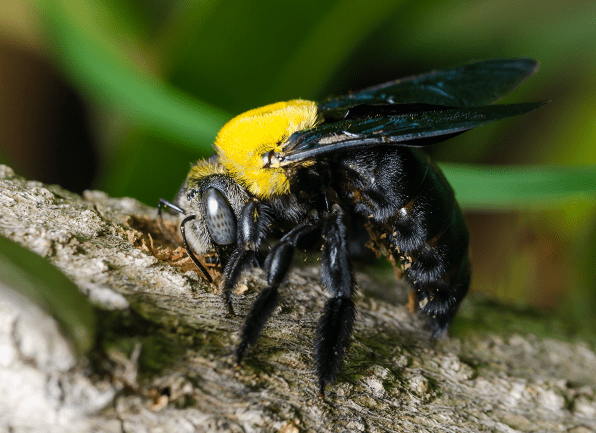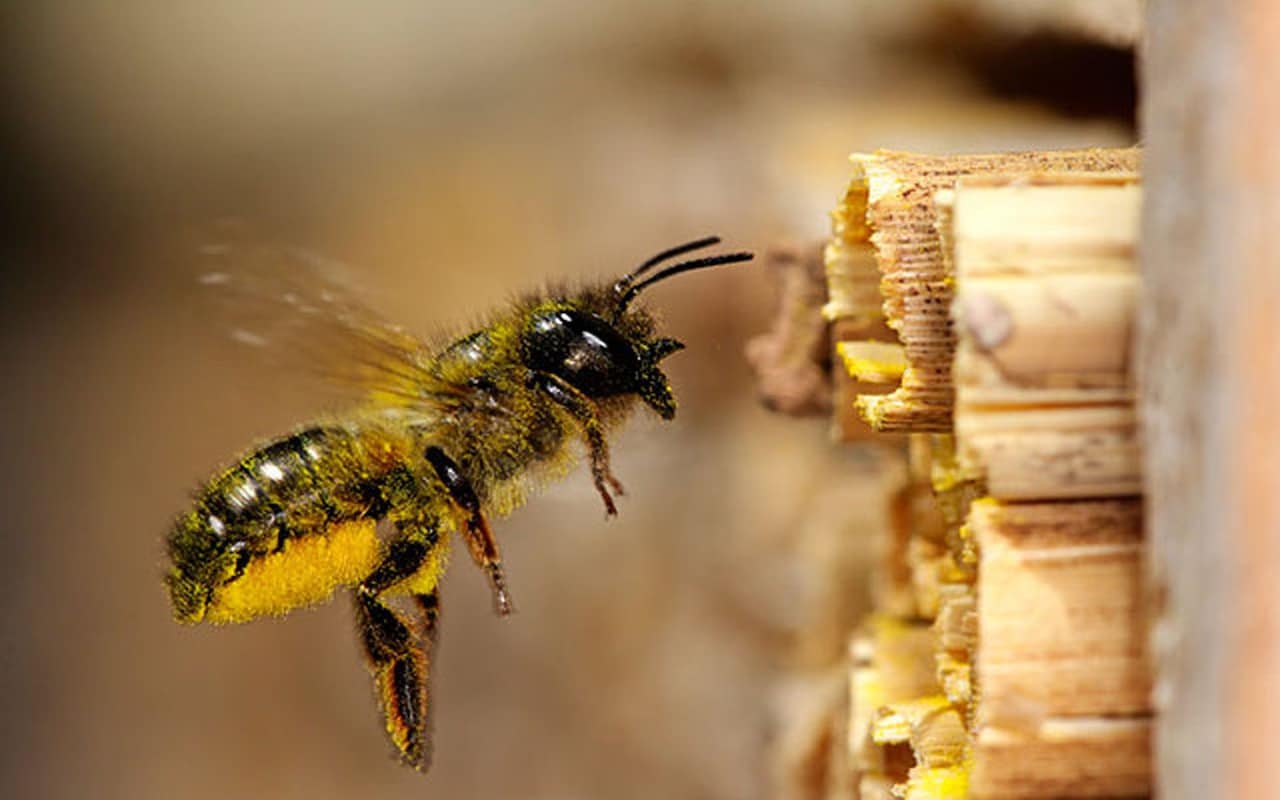
EEE Virus: Prevention and Identification
Mosquito-spread diseases continue to develop and impact lives. Recently another mosquito-spread virus – Eastern equine encephalitis virus (EEEV) – has caught the attention of the CDC. You may have...

Tick-Repellent Bracelets: Are They Really Effective and How Do They Work?
Did you know that certain natural oils are shown to repel ticks? In studies supported by the Centers for Disease Control and Prevention, many natural plant-derived ingredients were found to be effe...

Contrary to popular belief, carpenter bees do not eat wood! On the front of the female’s head is a set of large mandibles. With these she is able to vibrate against the grain of the wood and carve ...

The Best Mosquito Repellent for Camping
Did you know certain people are more prone to get bit by mosquitoes than others? Even if you don't fall into the group of those who mosquitoes seem to love more, you too can be bit by mosquitoes. N...

How Do Mason Bees Pollinate and How To Attract Them To Your Garden Mason bees are truly wonderful, gentle bees. Like carpenter bees, they are solitary bees, meaning they do not live in hives or col...

Do Carpenter Bees Keep Wasps Away or Vice Versa? During the carpenter bee season we get a handful of customers who experience wasps or hornets in their carpenter bee traps and aren’t sure what to d...